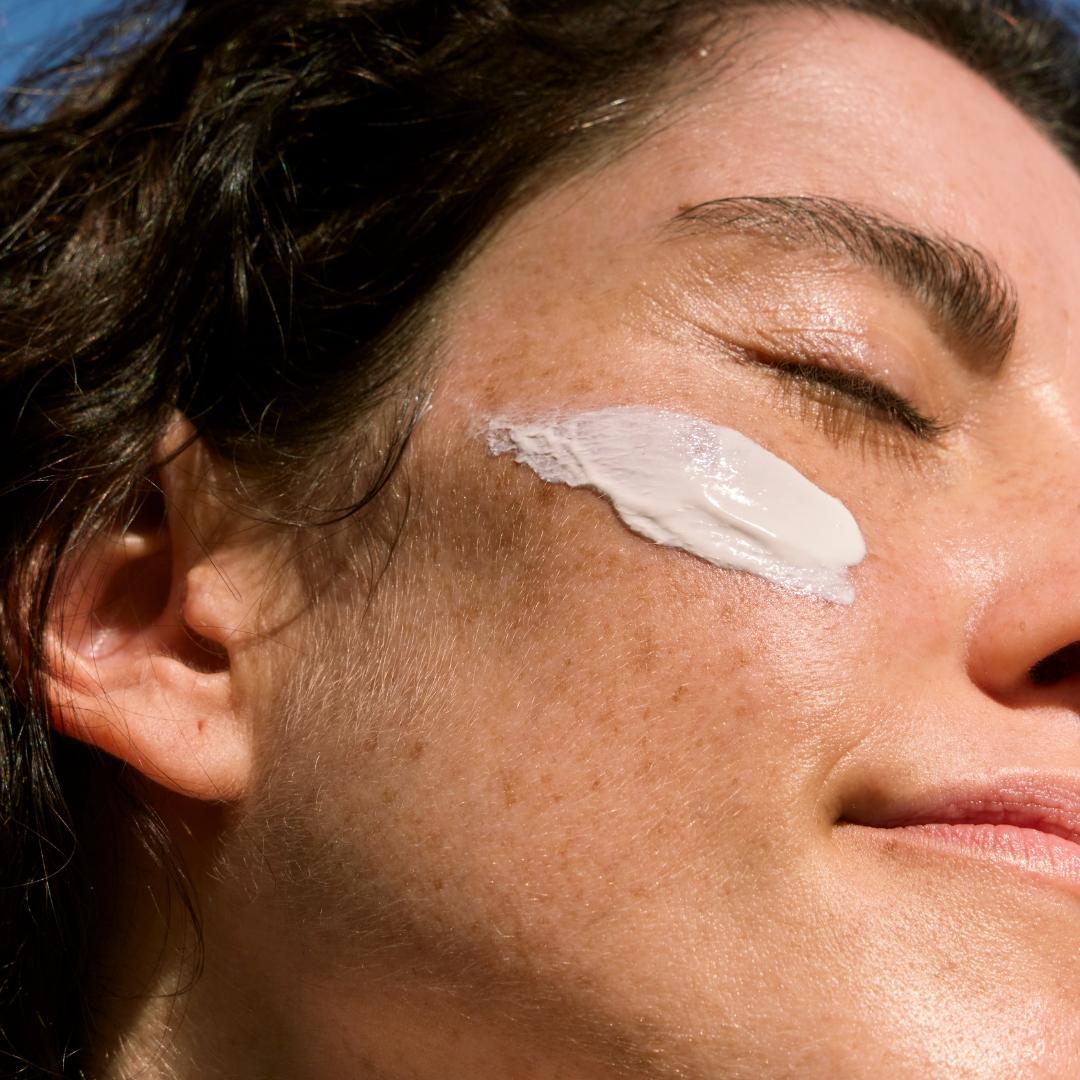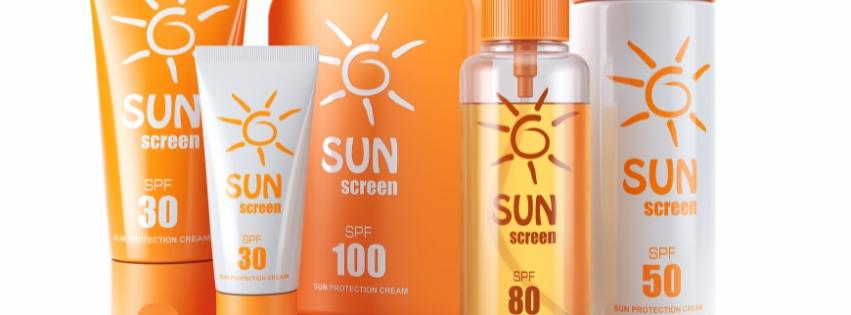
We’ve been told that sunscreen is our first line of defense against skin cancer — that skipping it is practically inviting danger. But what if the truth is more complicated?
Despite decades of public health campaigns urging daily sunscreen use, skin cancer rates continue to rise worldwide. So, is the sun the real problem… or could part of the issue lie in what’s inside our sunscreen bottles?
Let’s start with this: the sun is not the enemy.
Our bodies are designed to interact with sunlight — it helps regulate circadian rhythm, mood, and vitamin D production. The real question isn’t whether sunscreen is “good” or “bad” — it’s what kind of sunscreen you’re using and what it’s doing inside your body.
Many commercial sunscreens contain ingredients that go beyond skin protection — they enter the bloodstream.
The FDA has confirmed that active chemicals like oxybenzone, avobenzone, octocrylene, homosalate, and octinoxate are systemically absorbed after a single application — and can remain detectable for days (Matta et al., JAMA, 2020).
These chemicals were never tested for chronic internal exposure. Yet we’re told to apply them daily and liberally.

Let’s break down what’s really happening beneath the surface:
Endocrine Disruption
Some chemical filters mimic or interfere with hormone signaling.
For individuals already struggling with hormonal imbalances — thyroid issues, PMS, or fertility concerns — these exposures can add to the body’s toxic load.
Inflammatory and Oxidative Effects
When UV light hits certain chemical filters, they can break down and generate free radicals — the very oxidative stress that sunscreen is meant to prevent. This can damage DNA and accelerate skin aging (Hayden et al., Free Radic Biol Med, 2005).
Environmental Concerns
It’s not just our bodies — it’s our planet. Chemical sunscreens like oxybenzone and octinoxate contribute to coral reef bleaching and aquatic toxicity. That’s why Hawaii and several island nations have banned them entirely.
Misleading SPF Focus
SPF measures protection from UVB (burning rays) — not UVA (aging and cancer-linked rays). Many high-SPF products block burns but not deeper damage, creating a false sense of safety. People end up staying in the sun longer, increasing total UV exposure.

Functional Medicine isn’t anti-sunscreen — it’s about using the right kind and supporting your skin’s natural defenses from within.
Switch to mineral-based sunscreens.
Choose zinc oxide or titanium dioxide (non-nano forms). These minerals act as physical barriers — they sit on the skin’s surface and reflect UV rays, rather than being absorbed. They’re also reef-safe and less likely to cause irritation.
Feed your skin antioxidants.
Nutrients like vitamin C, E, selenium, carotenoids, and polyphenols strengthen your skin’s resilience against UV stress.
Mind your vitamin D.
Daily sunscreen use — especially with full coverage — can lead to vitamin D deficiency. Low vitamin D has been linked to higher risks of multiple cancers, including melanoma.
Get your levels checked and talk to your provider about supplementation if needed.
Support detoxification.
If you’ve used chemical sunscreens for years, focus on detox pathways. The liver, gut, and skin work together to clear endocrine disruptors.

The increase in skin cancer likely isn’t from “not enough sunscreen” — it’s from a complex mix of factors: more time indoors (and less balanced light exposure), chronic inflammation, poor nutrition, and yes, daily use of synthetic UV filters that disrupt our biology.
The goal isn’t to ditch sunscreen — it’s to upgrade it.
Your skin is your largest organ. What you put on it shouldn’t need a toxicology report.
At Radiant Health & Wellness, we teach patients that health isn’t about blocking nature — it’s about partnering with it. Protect your skin wisely, nourish your body deeply, and let your relationship with the sun be one of balance, not fear.
Environmental Working Group (EWG) Sunscreen Guide —<a href="https://www.ewg.org/sunscreen"> www.ewg.org/sunscreen</a>
 Radiant Health And Wellness
Radiant Health And Wellness
Stay updated on our news and events! Sign up to receive our newsletter.